This post is a trade exchange with Nintendo Switch for the Ring Fit.
Exercising during lockdown has been difficult for many including myself.
I had those moments where I did not want to work out because it felt like a chore.
I was also lazy and bored of the same routine every single day. As much as I love following my favourite fitness Youtubers, I also love a little challenge and a reward … and honestly between housework, kids and cooking – who has time to fit this ‘exercise thing’ in.
I wanted something that would challenge me, provide variety, and if it combined time with kids (I really hate this guilt time when I want to do something for me or when you just start your routing little voices tend to call you …) then I would think that it would be a win-win situation. Amazingly this is exactly what the Nintendo Switch Ring Fit Adventure offers me.
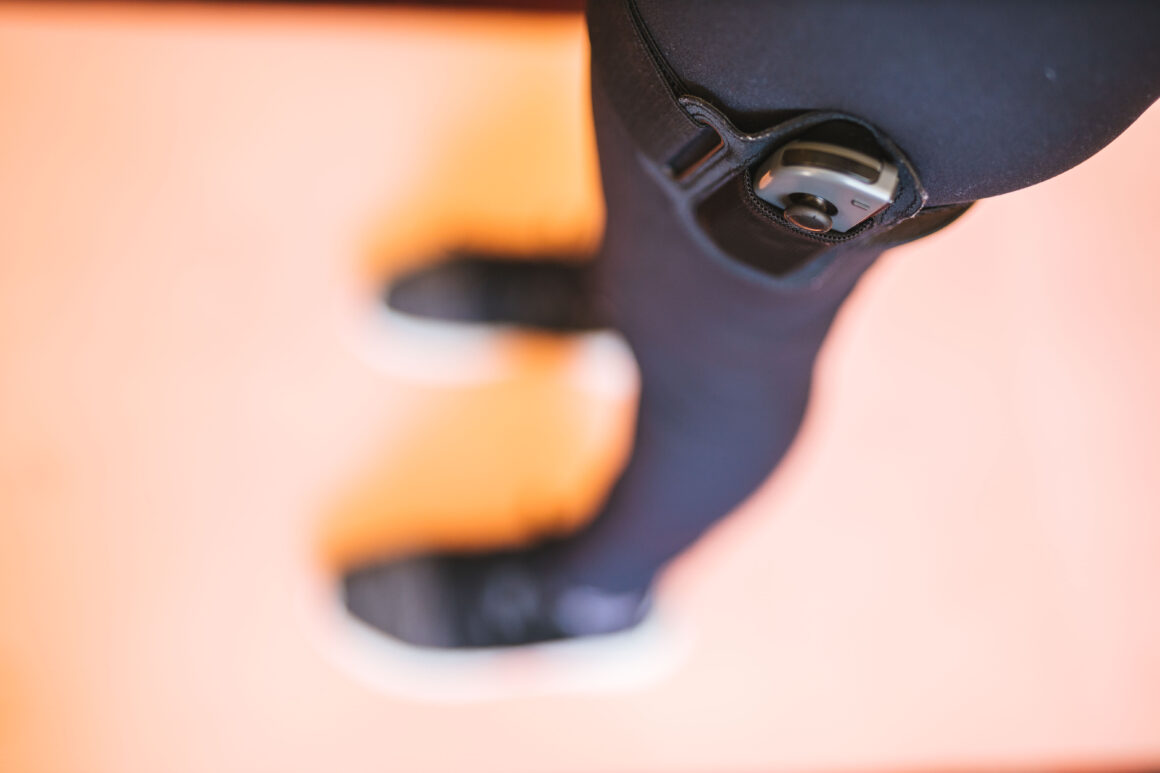
I can be a cool mom because I am ‘playing’ Nintendo Switch and I spend time with my kids while keeping us all fit. Of course, we each have our own ‘challenges.’ Where the fun if I can’t win – sometimes.
Honestly, I assumed that the workouts on the Ring fit would be ‘easy,’ I mean, it is just a game, right? Wrong. Those workouts have been kicking my butt. I had days where I was sore after my workout. Now I know the importance of warmup and cool-down exercises.
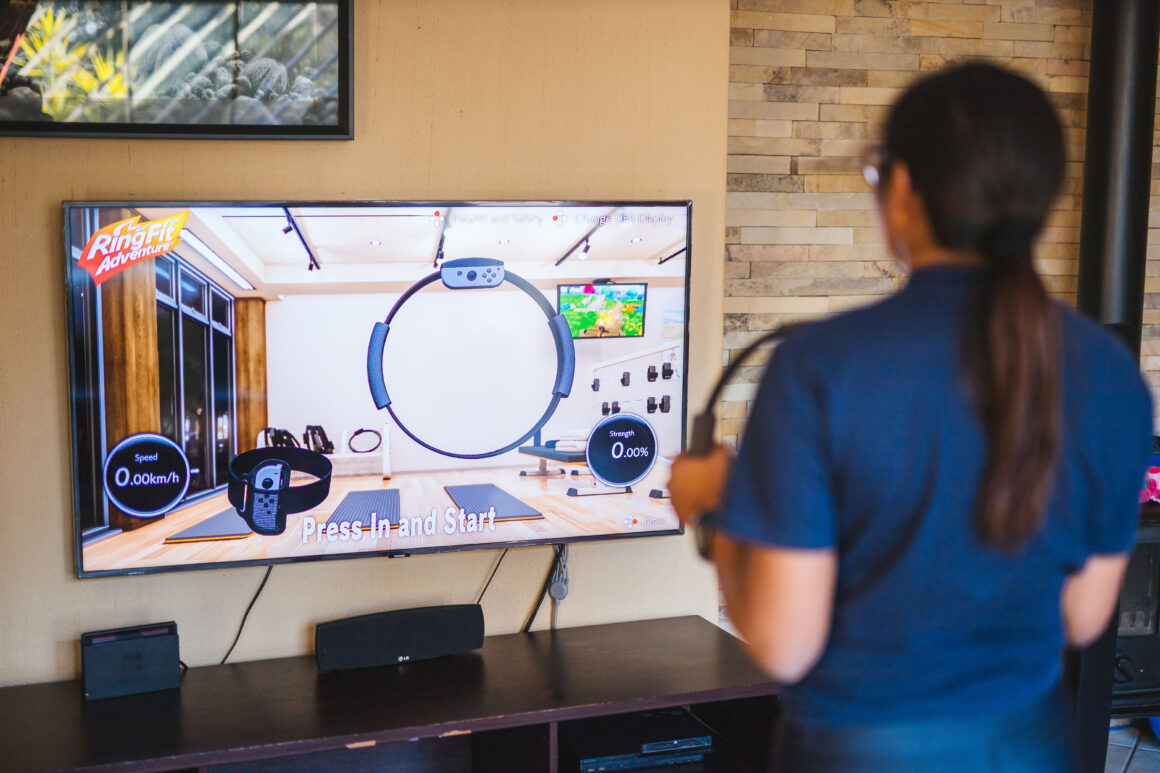
10 things you need to know about the Nintendo Switch Ring Fit Adventure:
1. You can work out and play a game, how sneaky but fun does this sound?
Ring Fit Adventure includes over 60 types of real-life exercises. The development of fitness activities in the game was supervised by personal trainer Kaoru Matsui and yoga instructor Mika Saiki.
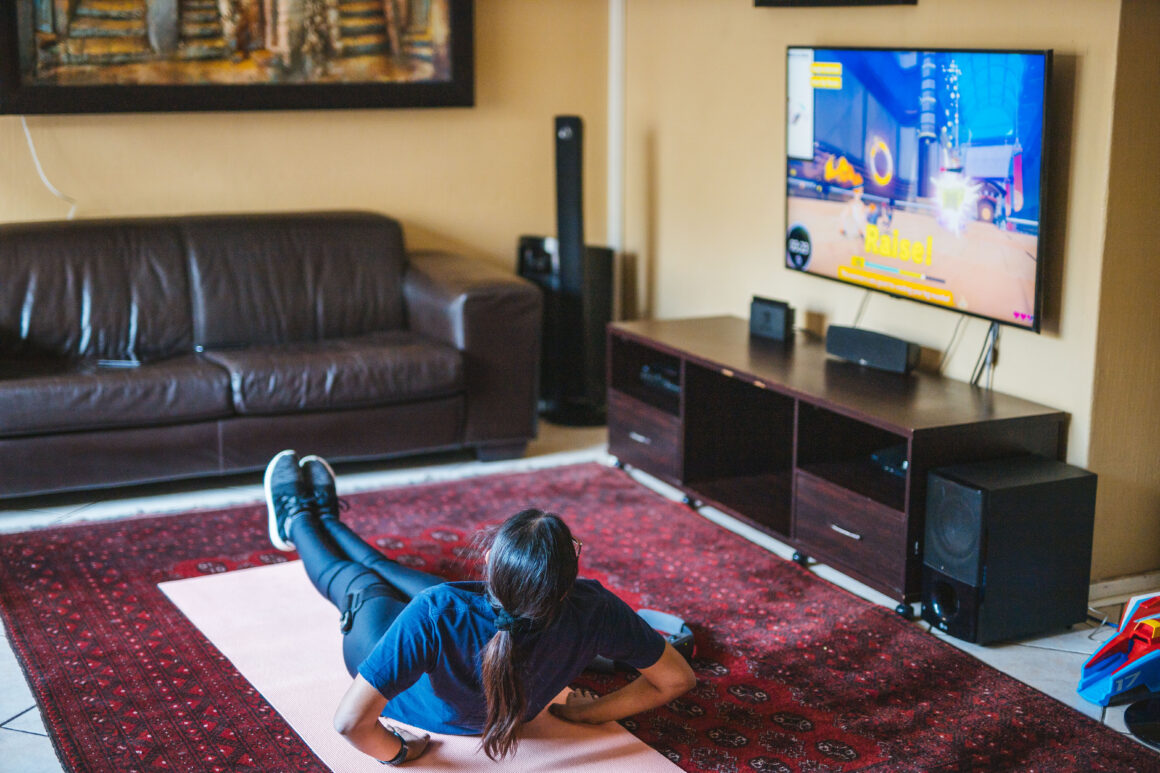
2. You can choose exercise levels (1-to-30 difficulty) scale depending on your preferred intensity. The exercise level is configurable on… example, the number of reps you need to do or the duration that you need to hold a position/stretch changes based on your exercise level.
3. You can create customized workouts (my favourite) to target different areas in your body. You will have a sidekick aka fitness trainer which will guide you through the workout program and motivate you to keep going.
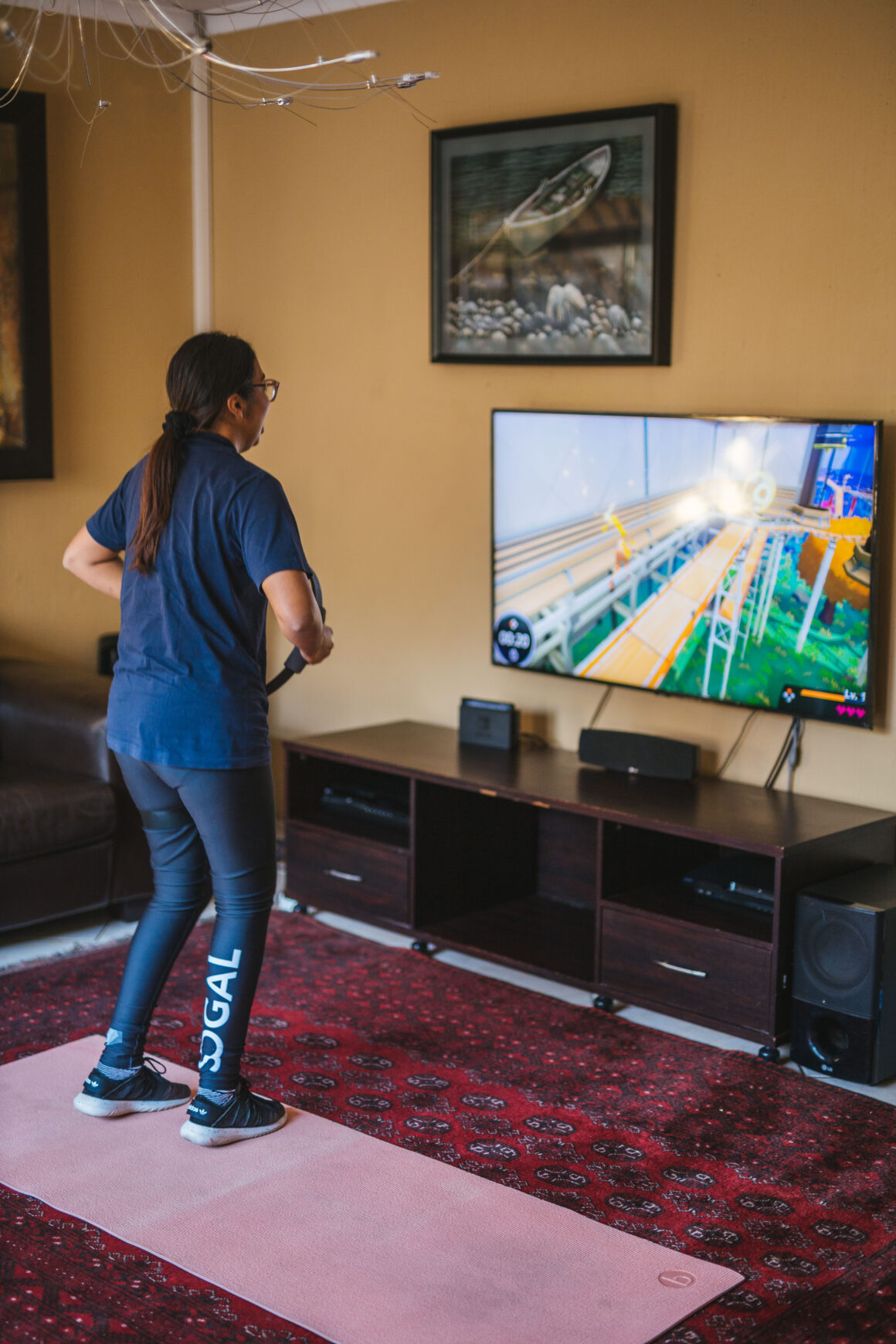
You have several options to work out:
- Adventure
- Quick play
- Custom
I recommend you try the mini games which are short but also focuses on a specific area that you would like to work on.
Some of these games are difficult like the squattery wheel.
4. The adventure game allows you to jog, run, jump, fight monsters and collect coins.
This has been one of the hardest games for me because it can get tricky, you also end up sweating a lot but it’s worth it if you really want to push yourself. The enemies are cute versions of gym gear, like a trundling kettlebell with an attitude who you need to defeat to level up. You can also select from a few different exercises, example squats, knee lift or planking.

5. There are around 250 levels spread across more than 20 colourful worlds in the Adventure mode and it could take you up to 3 months to complete.
6. If you do not do a pose in the right way, the game will stop and warn you that you are not doing something right.
7. The game tracks your heart rate although I am not too sure as to how accurate it is because it has always been a little different from my Huawei smartwatch.

8. In order to see the results, you want, you need to use it almost every single day and be consistent with your plan.
9. You can track your progress under settings and see how far you have come, the calories you burned and levels you passed. This is helpful to show that progress is happening.
10. The game can easily fit into your lifestyle – As mentioned, many of us will benefit from a game like this now during lockdown but also if you need quick effective workouts and don’t like exercising outdoors.

The Nintendo Switch Ring Fit Adventure was created for the entire family to have fun while getting fit! I think it is a good substitute for gym right now however I also recommend you mix and match your workout, so you do not get bored easily or lose motivation.

The game costs R1,599 in South Africa and comes with the ring-con, a flexible, hard-plastic ring that the user holds and one joy-con slots into, and a leg strap, a piece of fabric affixed to the user’s leg that holds the other joy-con.
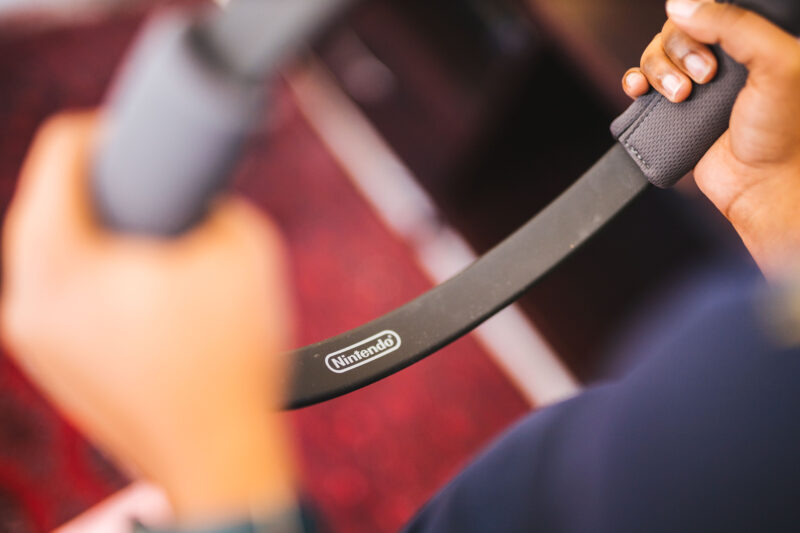
28 comments
Scrap Copper prices Scrap Copper export Copper scrap dealer
Copper recycling technology Copper scrap trade partnerships Copper wire recycling
Scrap Copper trading Copper scrap supply chain optimization Green copper recycling
Sustainable scrap metal practices Ferrous material handling tools Iron scraps reprocessing and recovery
Ferrous scrap yard management, Iron recycle yard, Metal waste repurposing services
Scrap metal recycler Ferrous material agreements Iron waste reclaiming
Ferrous waste reclamation operations, Iron scrap refining, Scrap metal weighing services
Metal salvage Scrap aluminium supply chain management Aluminum scrap reuse
Scrap metal recovery and salvage, Aluminum cable recyclers, Scrap metal trade associations
Scrap metal reconditioning and reusing Aluminium machining scrap recycling Aluminium recycling feasibility
Scrap metal reutilization services, Aluminum cable stripping machine, Metal reclamation industry
Scrap metal reprocessing and reclaiming Ferrous material valorization Iron scrap recovery yard
Ferrous material recycling market trends, Iron scrap yard management, Circular economy metal practices
Metal processing machinery Aluminium scrap collection services Sustainable aluminium recycling practices
Metal waste reclaiming and processing, Recycling process for aluminum cable, Metal waste recycling facilities
Metal reusing services Ferrous material recycling safety Iron scrap melting
Ferrous material business continuity, Iron recovery strategies, Metal recovery facility
Metal recycling best practices Scrap aluminium material repurposing Aluminum scrap recycling value
Metal waste repurposing center, Selling aluminum cable, Scrap metal reclaiming yard
Scrap metal recovery and recycling yard Demolition ferrous metal recycling Scrap iron reclaiming services
Ferrous material recycling standards compliance, Iron recovery yard, Industrial scrap metal recycling
Metal waste sustainability Aluminium scrap repurposing trends Aluminium waste stream optimization
Metal recycling solutions yard, Selling aluminum cable scrap, Scrap metal refurbishing
Metal scrap reclamation Ferrous material scrap monitoring Iron recycle center
Ferrous metal salvage facility, Iron waste processing, Scrap metal reconditioning and reusing
Industrial scrap recycling Scrap aluminium repurposing techniques Aluminum scrap trading market
Efficient metal shredding, Aluminum cable scrap recycling companies, Metal repurposing center
Scrap metal testing Ferrous waste trade associations Scrap iron reclaiming operations
Ferrous material product certification, Iron scrap reclaimer, Metal waste recycler
Eco-friendly metal recovery Aluminium scrap export Aluminium alloy segregation
Metal waste decommissioning, Aluminum cable scrap recycling guidelines, Metal scrap reclamation plant
Copper scrap compacting Scrap copper logistics Copper scrap processing methods
Industrial metal waste disposal, Scrap copper buyers, Scrap metal recycling and recovery
Copper scrap track and trace Copper is an essential component in the transition to renewable energy, as well as in the growth of electric vehicles, and the global demand for copper is expected to continue to rise rapidly in the coming years. However, there are growing concerns that there will be a significant supply gap in the availability of copper in the near future, potentially short-circuiting the energy transition. Currently, copper is widely used in the infrastructure needed for renewable energy, including wind turbines, solar panels, and energy storage systems. The International Energy Agency (IEA) predicts that renewable energy will account for 30% of global electricity generation by 2024, and by 2050, it could potentially account for three-quarters of all electricity generation. This represents a significant opportunity for copper producers, as more copper will be needed to build the necessary infrastructure. Similarly, the electric vehicle market is experiencing explosive growth, with copper being a key component in the production of electric motors and other components. The IEA predicts that by 2030, 125 million electric vehicles will be on the roads, which will require an estimated 3.1 million tonnes of copper each year. Unfortunately, there is a risk that this growing demand will outstrip supply. Mines operating today are aging, and new discoveries are becoming less and less common. The major copper mining companies have reported a decline in copper ore grades, and production has plateaued in the last few years, failing to keep up with demand growth. In addition, the copper mining industry is grappling with issues around environmental impact and potential social conflict, as many mining operations are located in areas with sensitive ecosystems or indigenous communities. These challenges mean that it can take years for new mines to get permitted and up and running. The combination of these factors has led to forecasts predicting that there could be a significant copper supply gap in the near future. This could lead to price spikes, which would make renewable energy and electric vehicles less affordable. It could also delay the transition away from fossil fuels, as it would become more expensive to build the necessary infrastructure. To address these issues, the copper industry will need to invest in new exploration and mining projects, accelerate innovation in copper production technology, and focus on improving the sustainability of copper mining. Governments and policymakers also have a role to play, by ensuring that regulations and policies incentivize investment in the copper sector, while also addressing environmental and social concerns. In conclusion, copper is a critical component in the transition to renewable energy and the growth of electric vehicles. However, the looming supply gap in copper could potentially short-circuit the energy transition, making it more expensive and difficult to achieve. To avoid this outcome, the copper industry must invest in new mines and technology, while also addressing environmental and social concerns Metal scrap management Copper scrap consolidation Scrap copper recycling plant Copper scrap identification Copper circuit board recycling Metal recycling logistics
Copper scrap safety measures Copper is one of the most commonly used metals in everyday life. From electrical wiring to piping and even in kitchen utensils, copper is a versatile metal that is highly valued for its conductivity and malleability. While there are many methods for producing copper, recycled copper sources play an increasingly important role in maintaining the current supply of this valuable metal. Copper recycling is an important process that reduces the environmental impact of copper production and conserves resources. According to the European Copper Institute, copper recycling saves up to 85% of the energy needed to produce new copper and conserves natural resources by reducing the need for new mining operations. In addition, recycled copper can be just as high quality as freshly mined copper, making it a valuable resource for a wide variety of applications. There are several sources of recycled copper, including scrap from manufacturing processes and end-of-life products. Manufacturing scrap is generated during the production of copper products and can be melted down and reused. End-of-life products, such as electrical wiring or plumbing, can also be recycled, generating a new source for copper. Additionally, discarded electronics, such as computers and smartphones, contain small amounts of copper that can be recovered through the recycling process. The copper recycling process starts with the collection and sorting of materials. Once collected, the materials are sorted based on their copper content and other impurities. The sorted materials are then processed to remove any non-copper materials, such as plastic or insulation, before being melted down to form new copper products. There are several benefits to using recycled copper. In addition to reducing the environmental impact of copper production, it also helps to conserve natural resources, extend the life of existing copper products, and reduce the amount of waste in landfills. Furthermore, it can be economically beneficial for businesses to recycle copper, as they can sell the copper scrap and reduce their production costs by using recycled copper in their manufacturing processes. Overall, recycled copper sources play an increasingly important role in meeting the demand for copper while minimizing the environmental impact and conserving resources. Through continued efforts to collect and process recycled copper, we can ensure a sustainable supply of this valuable metal for future generations Metal scrap recycling solutions Scrap Copper reuse Copper scrap classification Scrap copper safety standards Scrap Copper certification Scrap metal recovery methodologies
Metal waste resale Ferrous recycling Iron recuperation
Ferrous waste recovery center, Iron waste recycling solutions, Scrap metal traceability
Metal recovery and salvage Metal waste audit Iron waste management
Ferrous material sales, Iron scrap reclaiming and reprocessing, Metal scrap collection
Copper scrap supply chain Copper scrap yard prices Scrap metal waste reduction initiatives
Copper cable scrap refining, Metal recycling solutions, Scrap copper alloys
Metal recycling industry certifications, Scrap copper buyer, Copper cable scrap properties, Scrap metal reclamation yard collection
The Ring Fit Adventure from Nintendo Switch – 10 things you need to know
[url=http://www.g2vv9l977225v7wn6s8en24bquc2pc83s.org/]udhkcgsoto[/url]
adhkcgsoto
dhkcgsoto http://www.g2vv9l977225v7wn6s8en24bquc2pc83s.org/
Scrap metal reclamation and repurposing Ferrous waste reprocessing Iron waste repurposing
Ferrous metal recycling environmental impact, Iron recovery services, Metal reclamation strategies
Ferrous and non-ferrous scrap Ferrous material handling Iron scrap recovery and repurposing
Ferrous material processing technology, Iron recycling and reclaiming center, Metal recovery and reclaiming solutions
Scrap metal Ferrous material sorting and grading Iron scrap reclamation process
Ferrous scrap export, Iron scrap processing, Metal waste recovery operations
Scrap metal price fluctuations Ferrous material recycling regulations Iron reclaiming facility
Ferrous material buyback, Iron waste redistribution, Scrap metal smelting